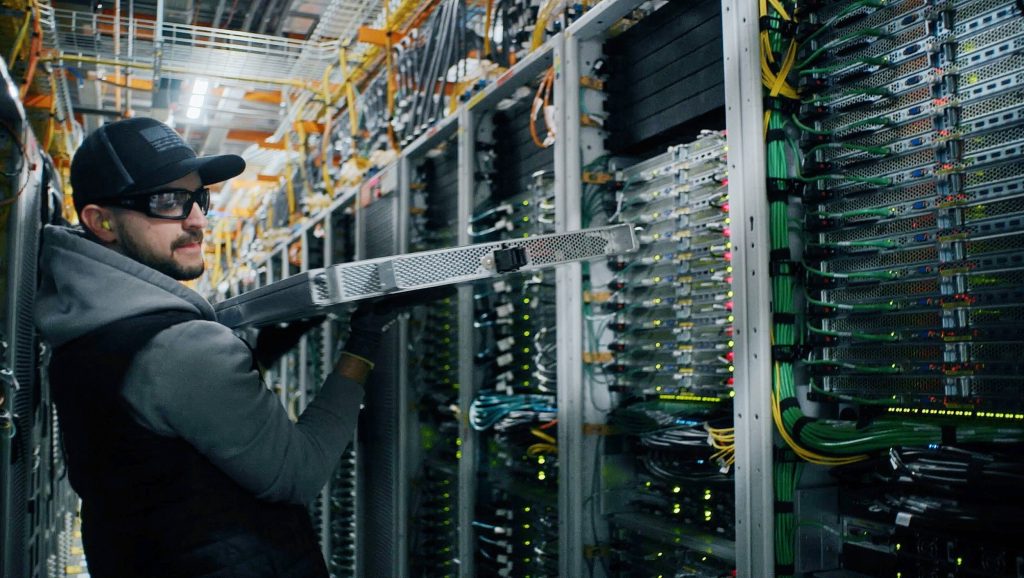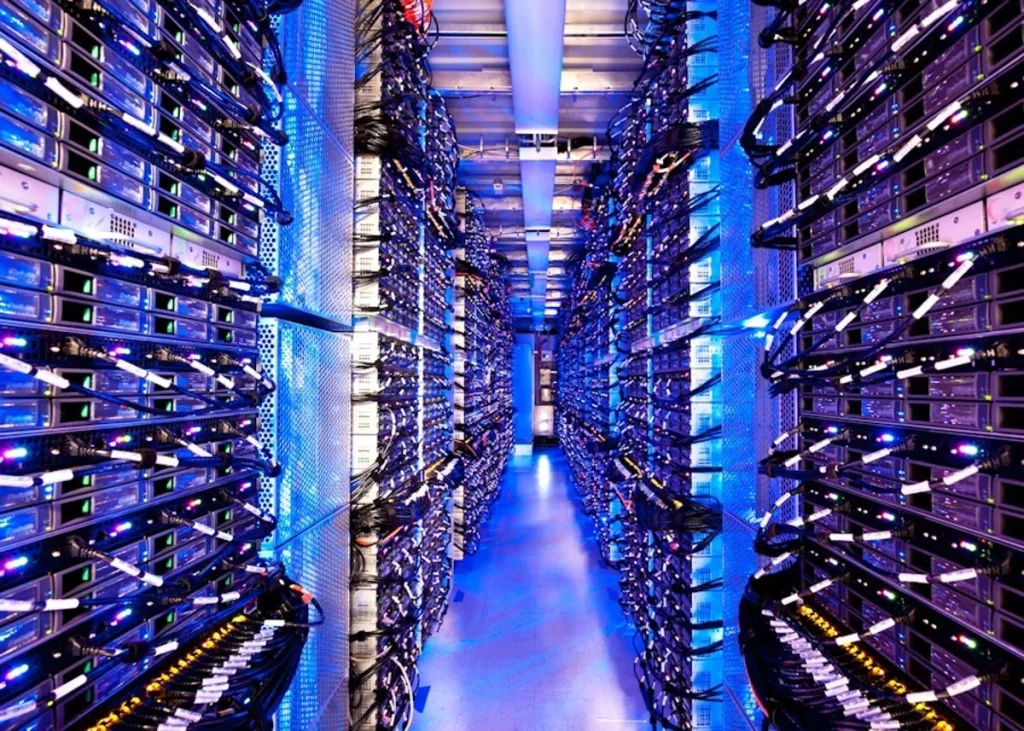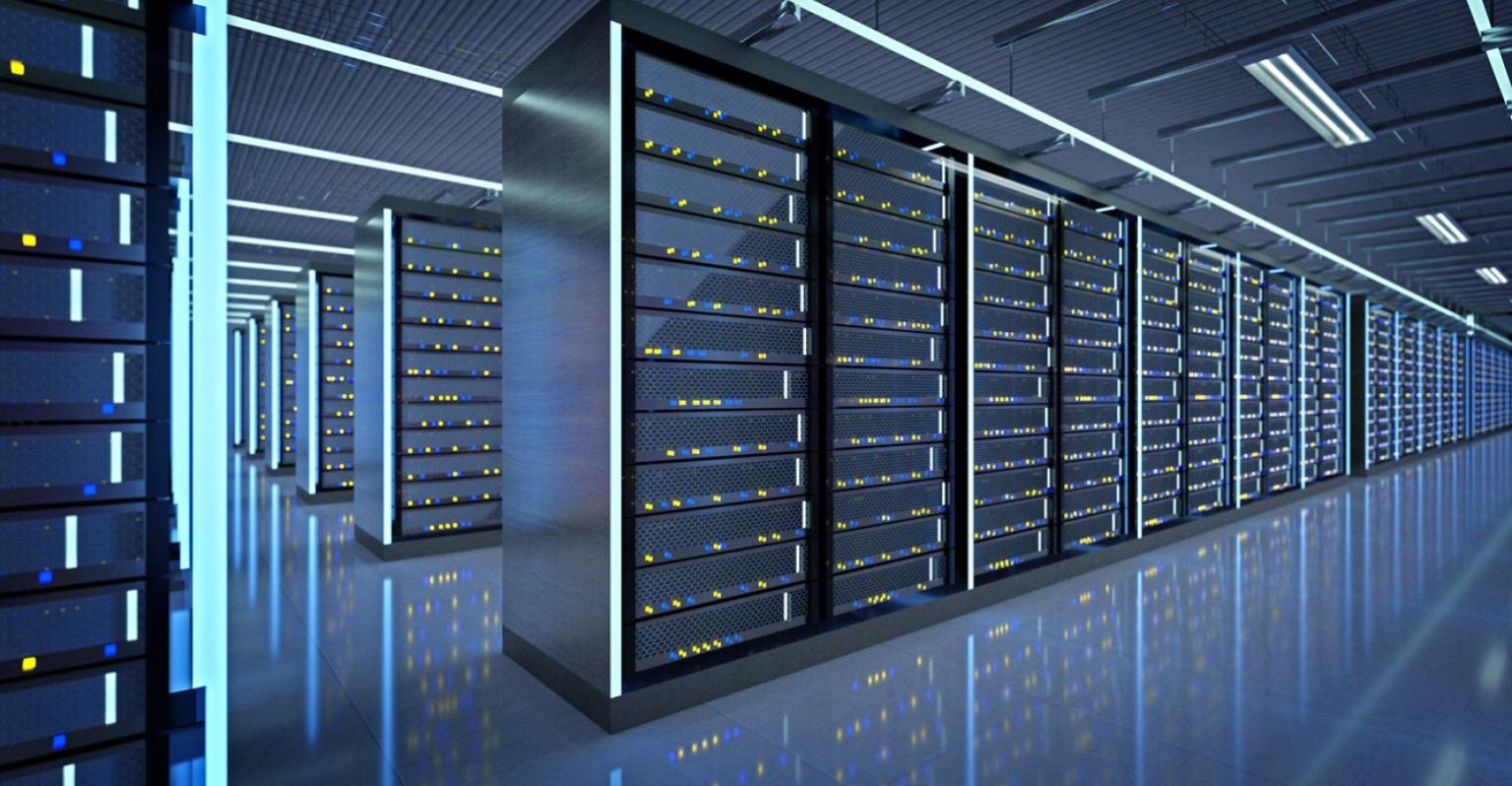The unsung heroes of the digital era are data centers. These enormous complexes, which are frequently concealed from the general public, are home to the vital infrastructure that supports cloud computing, the internet, and several other everyday modern wonders. This article delves into the world of data centres, examining their functions, parts, varieties, and dynamic place in our globally networked society.
The Digital Age’s Engine Room
A data centers is essentially a physical space used to store computer systems and related hardware. These consist of cooling systems, networking hardware, servers, and storage systems. Imagine it as a massive server room with advanced engineering to guarantee peak efficiency, security, and dependability.
Data centers are essential to many facets of our existence. They handle and store the enormous volumes of data produced every day, ranging from financial transactions and scientific research to emails and posts on social media. They enable organizations and people to have on-demand access to software and storage through cloud computing services. To guarantee the websites’ and online apps’ continuous availability, they also house the servers.

Inside the Data Centers: An Electronic Symphony
A data centre’s operation depends on many essential parts working together:
Servers
The workhorses of the data centre and servers are in charge of processing data and executing programs.
Storage Systems
Massive storage systems are housed in data centres to accommodate the ever-increasing volume of information that humans produce.
Networking Equipment
Data centres are connected to the outside world and operate smoothly thanks to routers, switches, and firewalls.
Cooling Systems
To maintain ideal operating temperatures, advanced cooling systems are essential because servers produce a lot of heat.
Power Supply
A dependable and consistent power source is necessary for data centres. Backup generators guarantee continuous functioning in the event of a power interruption.
A Diverse World of Data Centers
Data centres are available in a range of sizes and forms to suit a variety of requirements and price points. These are a few of the most typical kinds:
Enterprise Data Centers
To house their IT equipment and retain total control over their data, big businesses frequently have their data centres.
Colocation Facilities
These establishments give companies an affordable option to develop and manage their facilities by letting them rent out space and other amenities within a data centre.

Hyperscale Data Centers
Big cloud service providers like Google Cloud Platform and Amazon Web Services (AWS) run these enormous data centres. To fulfil the constantly increasing demand for cloud services, they provide massive processing and storage capacity.
Edge Data Centers
By being situated closer to end customers, these smaller, geographically dispersed data centres lower transmission latency. For uses like real-time data processing and the Internet of Things (IoT), they are becoming more and more crucial.
The Data Center Landscape is Changing
The following major trends are driving the ongoing evolution of the data centre industry:
The Cloud Explosion
The necessity for even larger and more effective data centres is being driven by the cloud computing industry’s explosive growth.
Put Sustainability First
Energy consumption in data centres is high. There is a trend for more environmentally friendly data centres that use energy-efficient technologies and renewable energy sources.
Security Concerns
For data centres, data security is crucial. Data centres are putting strong security measures in place to safeguard sensitive data as cyber-attacks become more complex.
Artificial Intelligence
As AI develops, even more, processing power and data storage capacity will be needed, which will have an additional influence on data centre architecture and management.
Data Centers of the Future: A Networked World
The significance of data centres will only increase along with our dependence on digital technologies. These unseen powerhouses will keep developing, becoming even more reliable, safe, and long-lasting. Data centres’ future is probably going to be more connected, with geographically dispersed facilities collaborating to build a smooth, worldwide network that meets the always-expanding demands of our linked world.
Explore More Information Technology: Promoting Global Digital Solutions

Data Center Examples: From Specialized Edge to Giant Hyperscale
Data centres are available in a variety of sizes and shapes to meet a range of demands. Here are a few instances from several categories:
Superpowers on a hyper-scale
Mega Centers for the Google Cloud Platform
These enormous, continent-spanning facilities provide amazing processing and storage capacity to millions of customers worldwide.
Data Centers for Amazon Web Services (AWS)
AWS provides a large network of data centres with excellent levels of scalability and dependability, all strategically positioned throughout the world.
Business Titans
Walmart Global Tech
Powering Walmart’s vast retail operations, this colossal data centre in Arkansas is among the biggest globally.
JPMorgan Chase
This massive financial company runs multiple data centres all around the world to guarantee the safe and dependable processing of enormous volumes of financial data.
Flexibility in Colocation
Equinix
A top supplier of colocation facilities, Equinix gives companies access to a global network of data centres with a range of choices to meet their unique requirements.
Digital Realty
Another significant participant in colocation, Digital Realty offers dependable and safe data centre space to companies of all kinds.
Cutting-Edge Technology at the Front
With the help of Microsoft Azure Stack Edge, companies can set up edge data centres in outlying areas, facilitating real-time processing for uses like industrial automation.
The wavelength of Amazon
With Wavelength, an AWS service, edge data centres are positioned inside telecom companies’ network infrastructure to enable extremely low latency for mobile applications.
These are but a few illustrations of the variety of data centres that exist in the contemporary world. The sorts of data centres that meet the always-increasing demand for data processing, storage, and networking will change along with technology.










